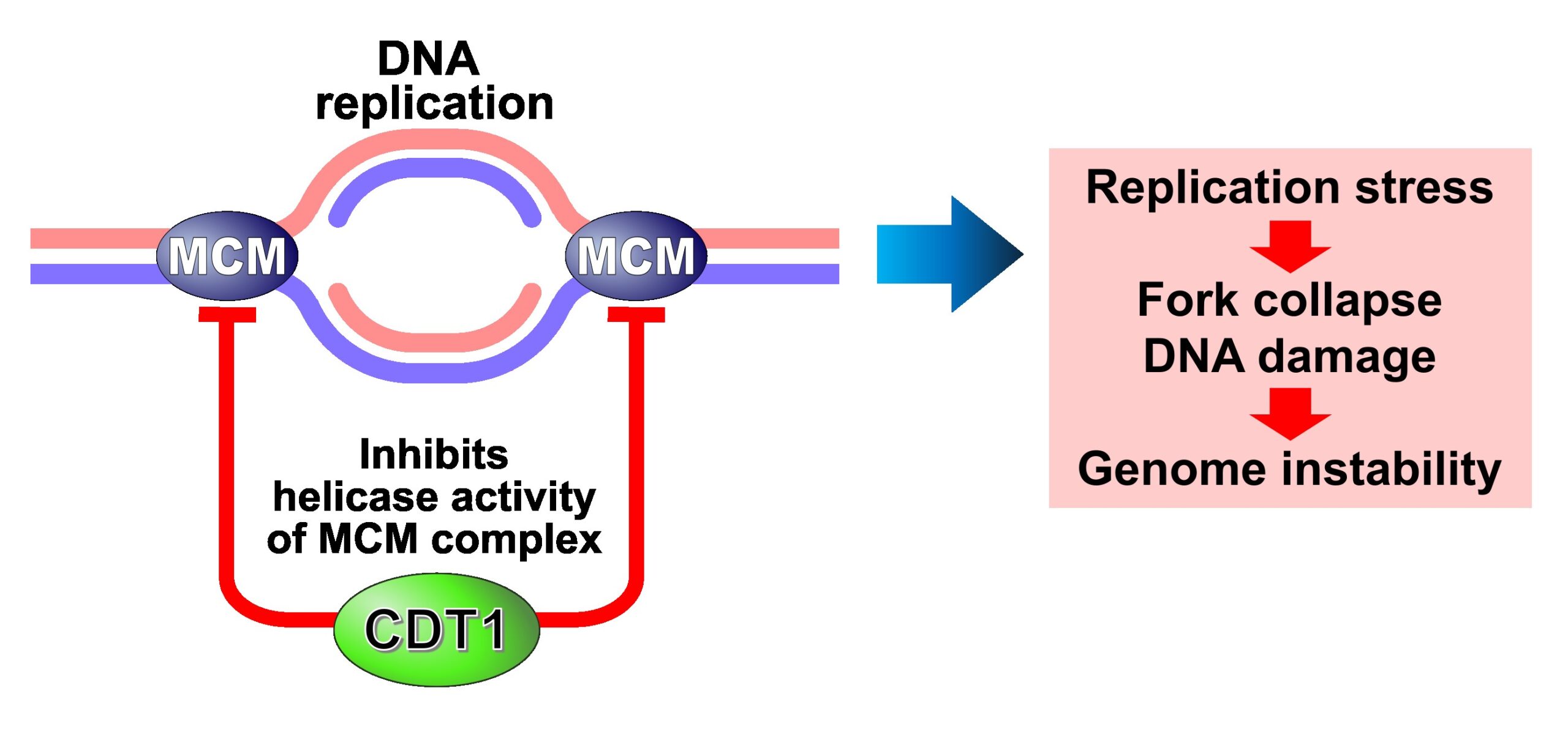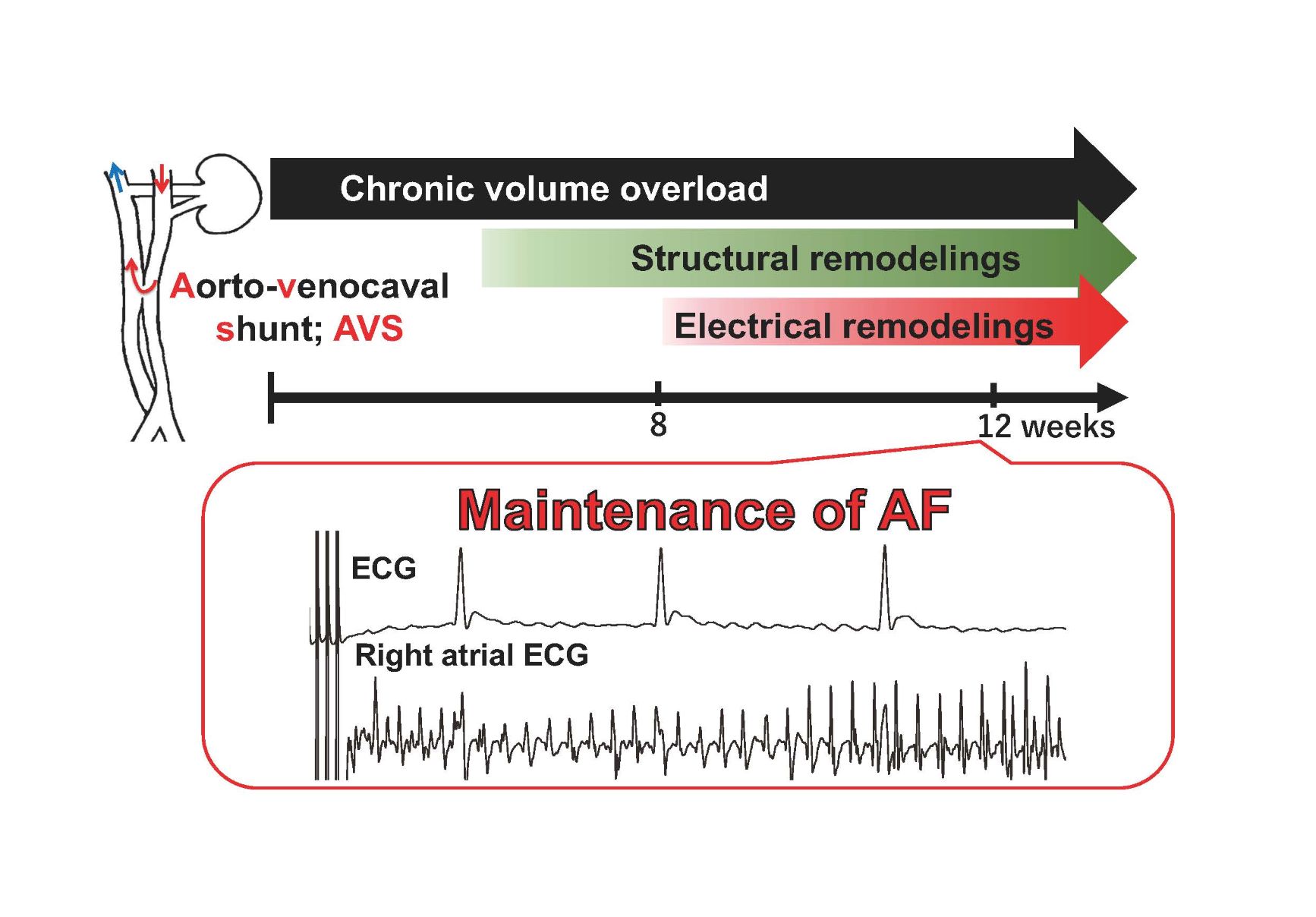Reorientation of Protein-Bound Water Regulates the Magnetic Compass of Organisms -Electron Transfer Mechanism of Photoreceptor Cryptochromes



Fig. 1: Water binding between WB(H) and WC(H) forming an electron-tunneling route in chryptochrome.
X-ray structure of the animal-like cryptochrome of Chlamydomonas reinhardtii (PDB code:5ZM0) with the Trp triad comprising WA(H), WB(H) and WC(H).

Fig. 2: Molecular conformation analyses of the secondary RP state.
a Geometry setting of the secondary CS state with the transition dipole moment (M) lying in the FAD aromatic X-Y plane with δ = 65°.<b.b The singlet precursor SCRP spectra computed for B0 // d (dashed line) and for B0 ⊥ d (solid line). c Magnetophotoselection (MPS) effects of the TREPR spectra for the delay times of td = 0.20, 0.45 and 0.60 μs at 120 K with B0 ⊥ L (dashed line) and B0 // L (solid line). d Computed EPR spectra of the SCRP for the B0 ⊥ L (dashed line) and for B0 // L (solid line) with applying D = −0.90 mT, θ = 58°, and ϕ = −65°. J = 1.45, 0.55 and 0.40 mT were applied for td = 0.20, 0.45, and 0.60 μs, respectively. T23 = 0.25 μs was utilized as the relaxation time constant between |2> and |3> by J-modulation, see Fig. 2d. e Mapping of the electron spin polarization (ESP) obtained by distributing the transverse magnetization (EPR intensities at B0 = 337.50 mT shown by blue arrow in b as the color map to the B0 space directions from the SCRP spectra at td = 0.45 μs, demonstrating that the d vector directs to WB(H) in the reference X-Y-Z coordinate system in a) of the protein.
Misato Hamada, Department of Chemistry, Graduate School of Science, Kobe University
Tatsuya Iwata, Department of Pharmaceutical Sciences, Toho University
Masaaki Fuki, Department of Chemistry, Graduate School of Science, Kobe University
Molecular Photoscience Research Center, Kobe University
Hideki Kandori, Department of Life Science and Applied Chemistry, Nagoya Institute of Technology, OptoBioTechnology Research Center, Nagoya Institute of Technology,
Stefan Weber, Institute of Physical Chemistry, Albert-Ludwigs-Universität Freiburg
Yasuhiro Kobori, Department of Chemistry, Graduate School of Science, Kobe University, Molecular Photoscience Research Center, Kobe University
READ MORE RESEARCH NEWS - Pharmaceutical Sciences
Undergraduate Programs
– Medicine
– Pharmaceutical Sciences
– Science
– Nursing
– Health Science
Graduate Programs
–Medicine
–Pharmaceutical Sciences
–Science
–Nursing
RESEARCH
– News
– Guidelines & Policies
– Support Offices
– Facilities
– Security Export Control
Non-Degree Programs
– Clinical Elective Program
– International Physician Observership Program



.jpg)
